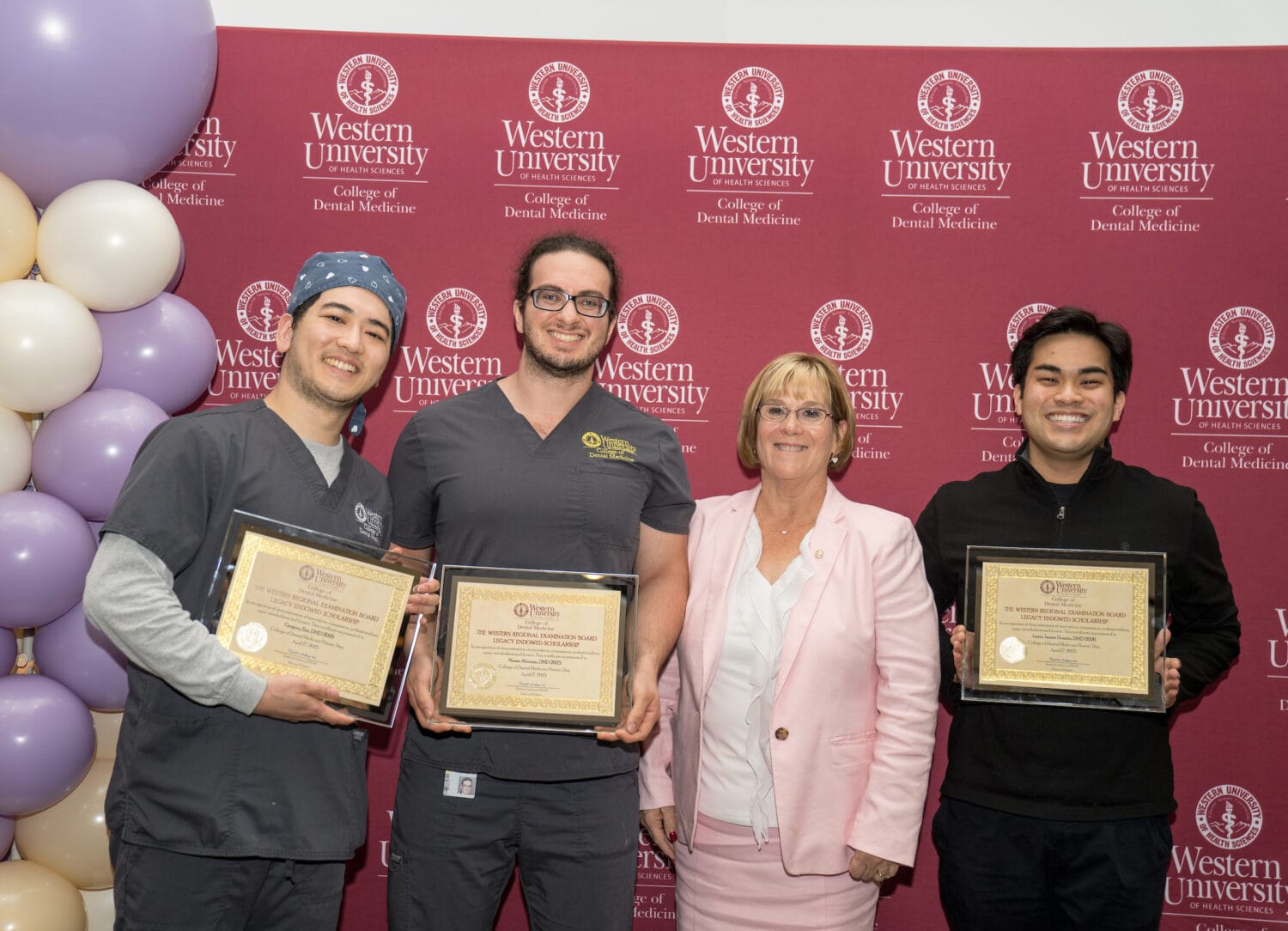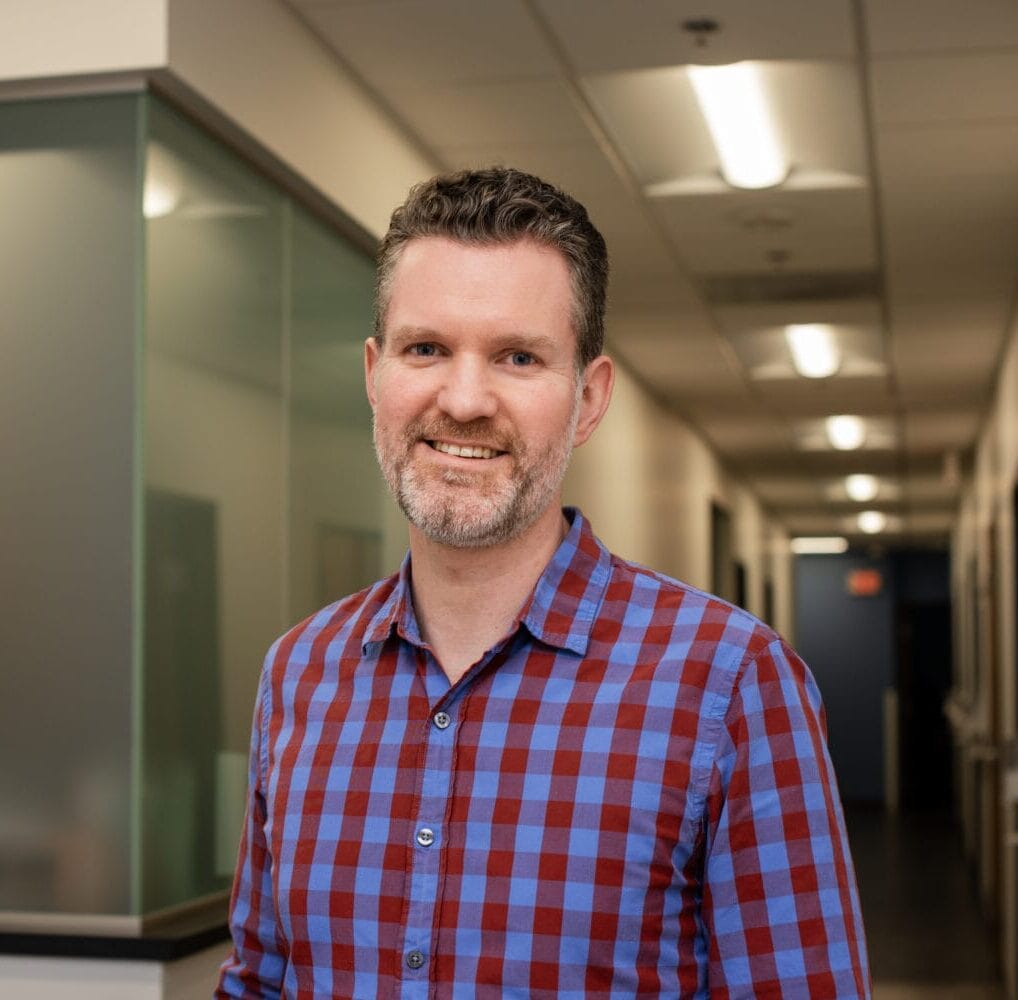Wellness takes the stage at Pumerantz Lecture
Health educators, employers and providers must be the leaders in setting an example of health and wellness, if the United States is to ever pull itself out of a downward spiral of obesity and chronic disease, two wellness experts said at Western University of Health Sciences Tuesday, October 21, 2014.
Dr. David Tillman, Medical Director for MemorialCare Health System of Orange County, and Melanie Cumbee, Manager of MemorialCare Health and Wellness Programs, were the featured speakers at the 6th annual Dr. Philip Pumerantz Distinguished Lectureship, held in the Health Education Center on the WesternU-Pomona campus. The lectureship was established in 2009 in honor of WesternU President Philip Pumerantz, PhD, through a donation from Drs. Elaine and Daljit Sarkaria of Orange.
Cumbee and Tillman stepped in for originally announced speaker Tammie McMann Brailsford, RN, MemorialCare’s Executive Vice President and CEO, who was battling a cold and laryngitis, and could not appear.
Tillman told a full house of students, faculty, staff and invited guests in HEC Lecture Hall I that health educators must establish an expectation of student wellness and enhance nutrition management education. Employers must create a culture of health and wellness in the workplace, including health benefit designs that help management of chronic conditions, while health care providers should embrace primary care, model wellness, and create interdisciplinary teams to better serve their patients.
Directing his remarks at the hundreds of health sciences students in attendance, Tillman said, "You have the power to be the change we need."
Cumbee, in a first for the six-year-old lecture series, got the crowd on its feet early on by ordering a "stretch break" at one point in her half of the presentation. As "ABC" by the Jackson 5 played over the loudspeakers, the MemorialCare wellness manager convinced most of those in attendance to step left and right to the music, wave their hands and swing their arms, clap, and stretch to the beat of the music.
"Stretch breaks" and "recess" are just two of the tactics MemorialCare uses as part of its wellness program, encouraging employees to take a break from their daily grind and get moving, Cumbee said.
The reasons why that’s so important were more sobering, as she revealed with several statistics:
– 133 million Americans have a chronic disease of some kind.
– Chronic disease eventually kills seven out of every 10 people in the United States.
– Obesity rates have doubled since 1970.
– The percentage of overweight children and youth has tripled since 1981.
– Obesity and its related conditions have increased health care spending by $200 billion annually since 1987.
MemorialCare, which operates six hospitals, two medical groups and a variety of specialty-specific offices in Southern California , is working to battle obesity with its own 11,000-plus employees, who Cumbee said "look like the rest of the country" – more than half are statistically obese, and more than 10 percent are seriously obese. Using the "fork, feet and fingers" approach – that wellness is largely about what we eat, how we exercise, and whether we smoke – MemorialCare created The Good Life, a personal, supportive, multiyear plan for wellness for all those who seek it. The "fork" part includes healthy cafeteria options, healthy food provided at meetings, and healthy vending machine snack inventories. The "feet" component includes "walking meetings," walking work stations, height adjustable desks so that employees can stand sometimes instead of sitting all day, and "stretch breaks" and "recess." Finally, the "fingers" element is all about smoking cessation and smoking cessation support.
Most chronic diseases – including hypertension, hyperlipidemia and diabetes – can be prevented or managed with the right cultural and workplace changes, Cumbee said. "Social, environmental and behavioral factors make up 60 percent of health. What we do with our fork, feet, and our fingers determines our future health.
"What kind of educator, employer, or provider do you want to be?"



